TPN founder Martin Lorenz releases stunning new book for designers on flexible visual systems
It's been a book over two decades in the making, a comprehensive design manual for modern visual identities. Now Martin Lorenz, founder of acclaimed studio TwoPoints.Net, has launched his much-anticipated title, offering guidance on flexible systems to discerning graphic designers everywhere.
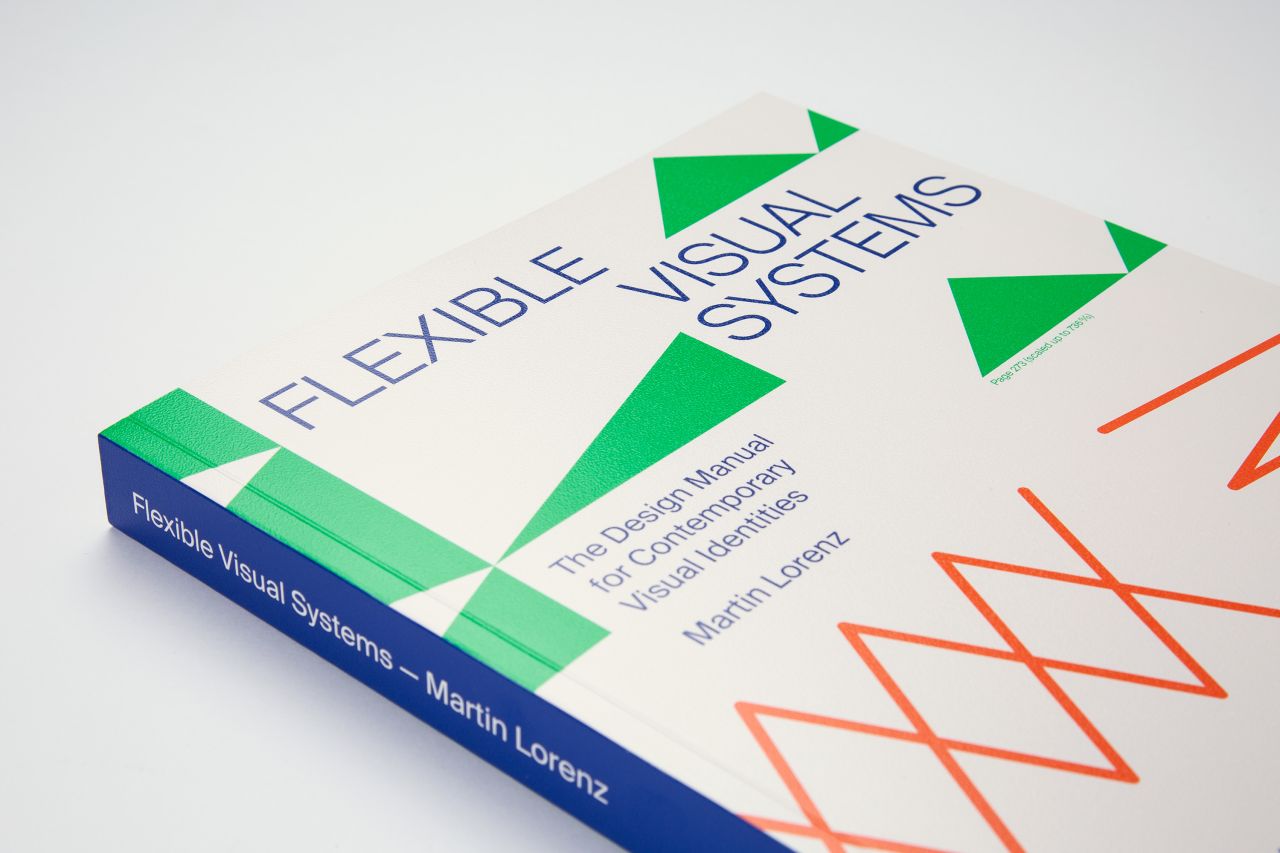
The idea for Flexible Visual Systems first came about in 2001 when Martin graduated from the Royal Academy of Art (KABK) in The Hague, Netherlands, when one of his teachers, Petr van Blokland, told him about how the automation of the application of a design system can be a very powerful tool for designers and how it enabled his small studio to do big projects.
"Although I was very intrigued by this idea, I was also sceptical on whether pressing a design in rules (or code) would be able to create (or generate) a design that was attractive to humans," he tells Creative Boom. "In the end, we are still designing for humans, not for machines. It took me a couple of years to figure out that anything could be a system and that a system could have any aesthetics."
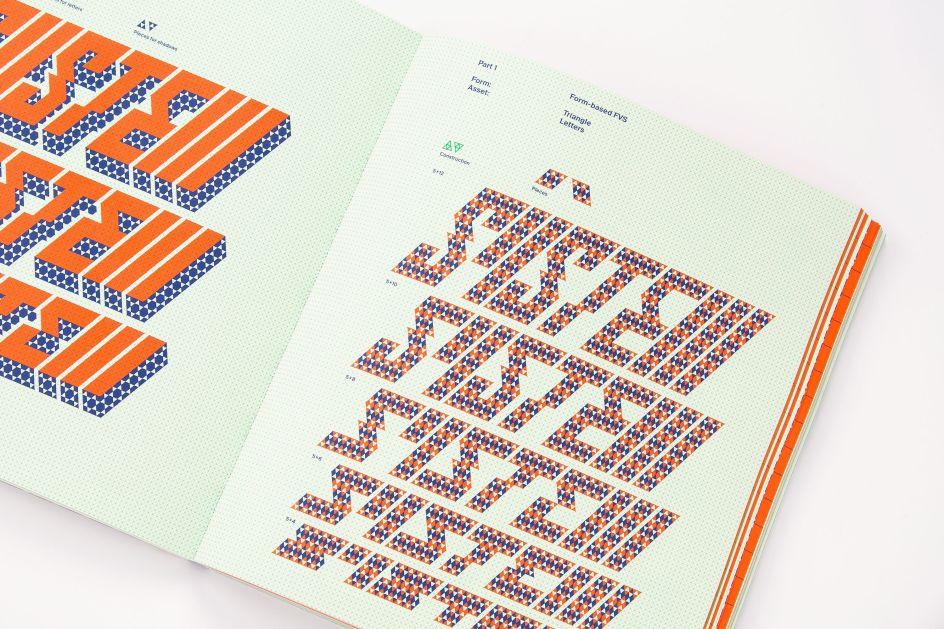
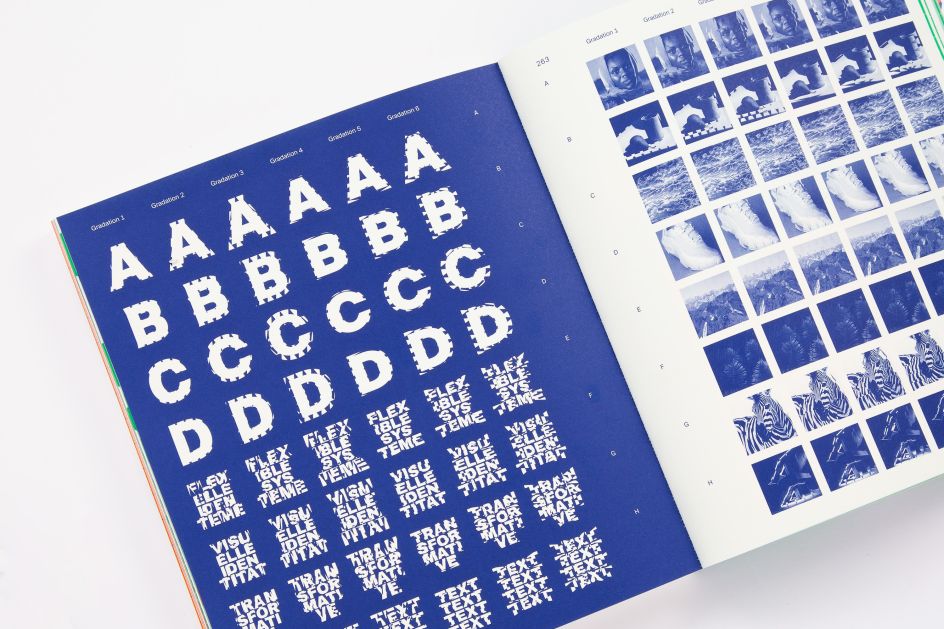
Martin admits there are so many beautiful examples of these systems at play but very few books, workshops or courses to learn more about them. "There was no overarching theory that would explain how systems worked," he says. This realisation led to Martin enrolling in a PhD programme in Design Research at the University of Barcelona. "I wanted to learn more about the past, present and hopefully future of systems in design. It took me ten years to finish my doctoral dissertation and the result was a (hard to read) 700 pages document."
It wasn't until 2016 that Martin finally began to make a "pragmatic book about systems", turning his hefty dissertation and everything he'd learnt into the manual we see today. "The book gives other designers hands-on guidance on how to structure their work process to design flexible systems, but an also theoretic background to reflect on their profession," he explains.
Feedback thus far has been extremely positive, and its reception a little unexpected: "I was surprised how many creative coders or designers interested in creative coding loved the book. I did not intend to make a book for them. I had identity designers in mind. But the book seems to build a bridge between classic graphic design and a generative approach in design."
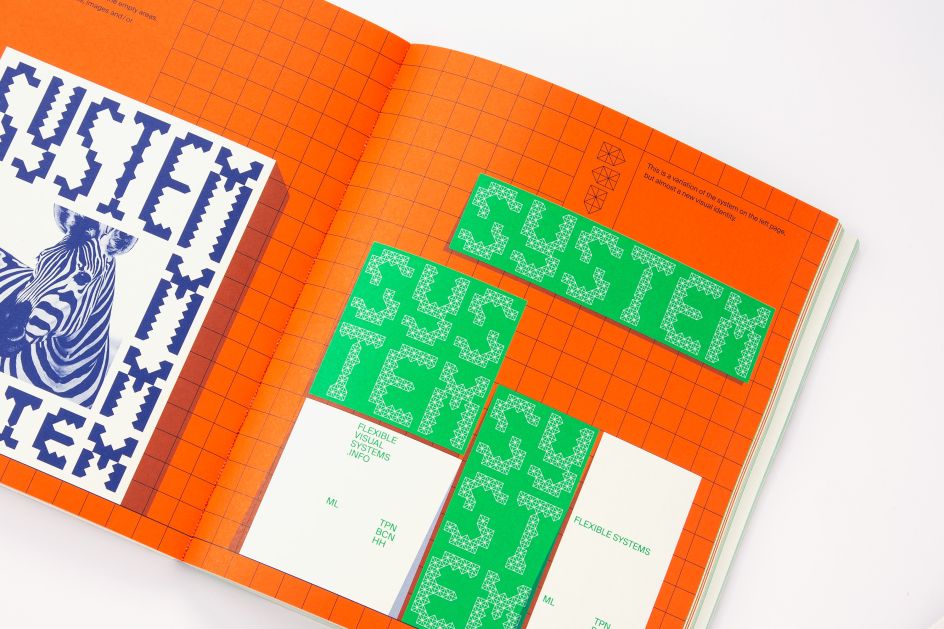
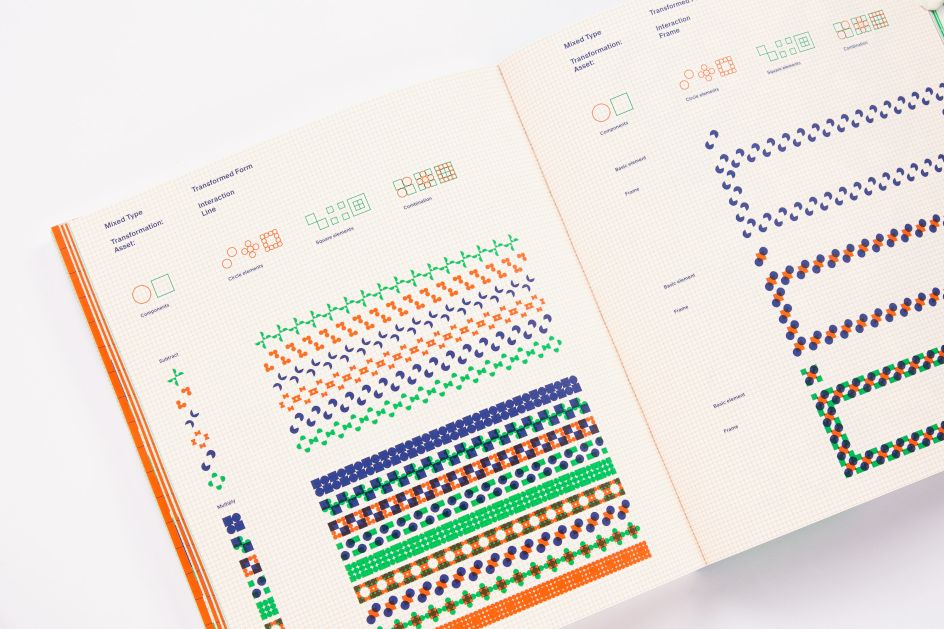
Being a design himself, and founder of the respected studio, TwoPoints.Net, Martin admits the pressure to get the book exactly right was immense. "Having had the idea for this book already more than 20 years ago makes it feel like my life's work. I guess every designer knows how hard it is to design for yourself. You are never satisfied. The same happened to me during the process. It was a painful process. Maybe I shouldn't have mentioned this. I want the book to be fun to read and work with."
As always, these projects teach us so much about ourselves, expand our skillset and throw up some unexpected revelations along the way. "The content was already in my head, but I did not know how to explain it. This is when I understood something that will keep me busy in the next few years. I understood that the way I teach systems changes with the media I use to teach. The process in the book had to be different to the process I use with my students, although the underlying theory is absolutely the same. I, therefore, want to launch online courses and workshops in the near future."
Teaching is another of Martin's passions. "I am the grandson, son and nephew of teachers," he explains. "My escape plan from this family tradition was to become a graphic designer." This is why he studied graphic design at university, founded his own design studio with Lupi Asensio and went on to enrol on a postgraduate course and later a PhD degree at the University of Barcelona, Spain, writing a doctoral dissertation about flexible visual systems in communication design. He then became a teacher and since 2003 has taught at 14 European design schools; he's currently at Elisava in Barcelona and the Graphic Design Department of the Royal Academy of Arts (KABK) in The Hague.
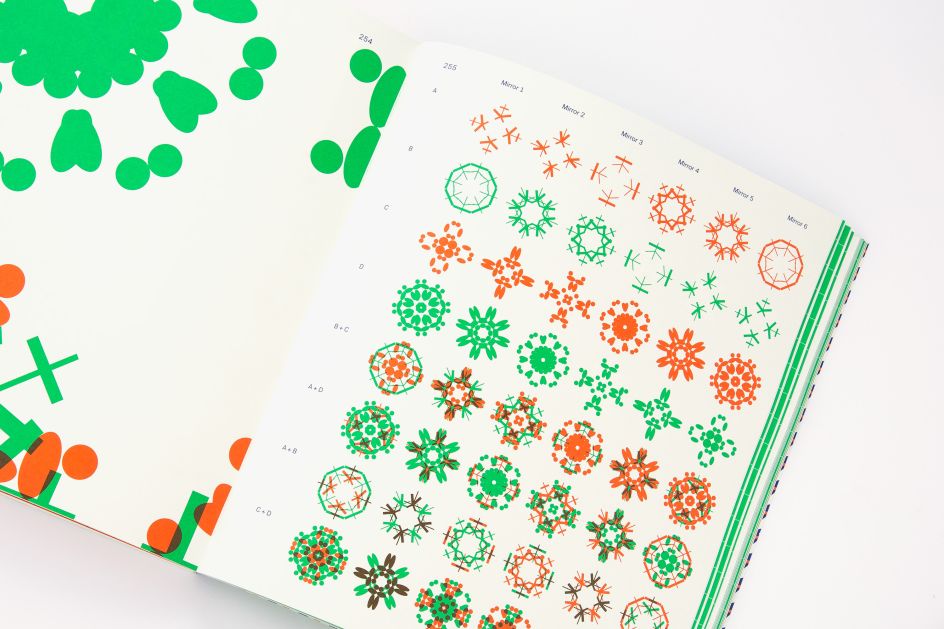
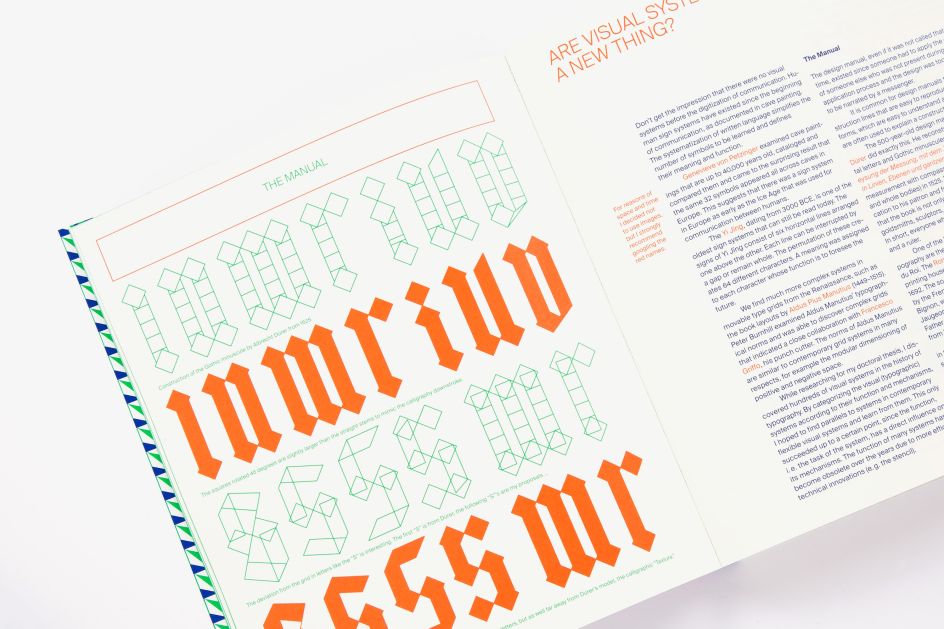
Martin believes he has many people to thank for the creation of Flexible Visual Systems. "Everybody I met in the last 20 years played a role in the making of this book," he says. "The students that I taught helped me to refine my theory and teaching methods, my colleagues helped me to see how they think and work with systems, and Lupi, my wife and partner, had to endure my obsession with the subject. I am very thankful for all the support, without which I might have given up."
There were certainly some obstacles that threatened the release of Martin's book. "It was a challenge to publish this book," he admits. "I was talking to publishers, hoping to get some guidance, but no one really had the same vision as me. The book I had in mind did not fit into any of today's kinds of books about design. I am usually not really stubborn, but in this case, I did not want to make compromises. So I left the publisher I was initially with, finished the book as I wanted to do it and asked around which publisher could be the right fit."
Martin contacted Slanted, the independent publisher founded by Lars Harmsen and Julia Kahl in 2004. According to Martin, Lars wrote back: "I love the book. We are your publisher". It was then that Martin launched a Kickstarter campaign, raised his target, printed the book and here it is. "We just had to reprint the book because it sells like hotcakes," he says.
In which case, grab yourself a copy via Slanted today. Flexible Visual Systems: The Design Manual for Contemporary Visual Identities by Martin Lorenz is priced at €42.
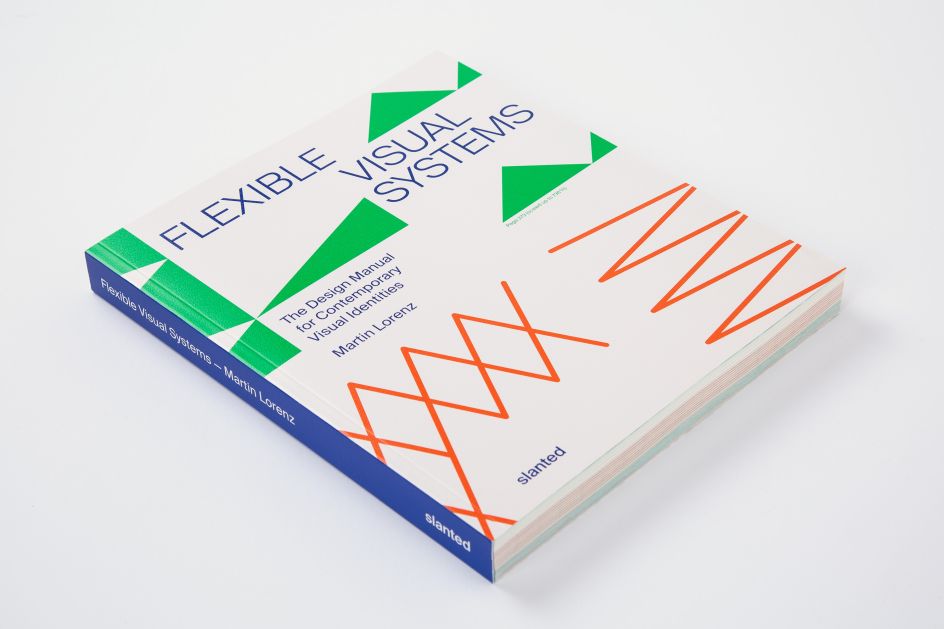




 by Tüpokompanii](https://www.creativeboom.com/upload/articles/58/58684538770fb5b428dc1882f7a732f153500153_732.jpg)


 using <a href="https://www.ohnotype.co/fonts/obviously" target="_blank">Obviously</a> by Oh No Type Co., Art Director, Brand & Creative—Spotify](https://www.creativeboom.com/upload/articles/6e/6ed31eddc26fa563f213fc76d6993dab9231ffe4_732.jpg)









, featuring some of his own top picks](https://www.creativeboom.com/upload/articles/fb/fb68ac17f1e5572502d7ebf1c53fb086d5cbd4cd_732.jpg)
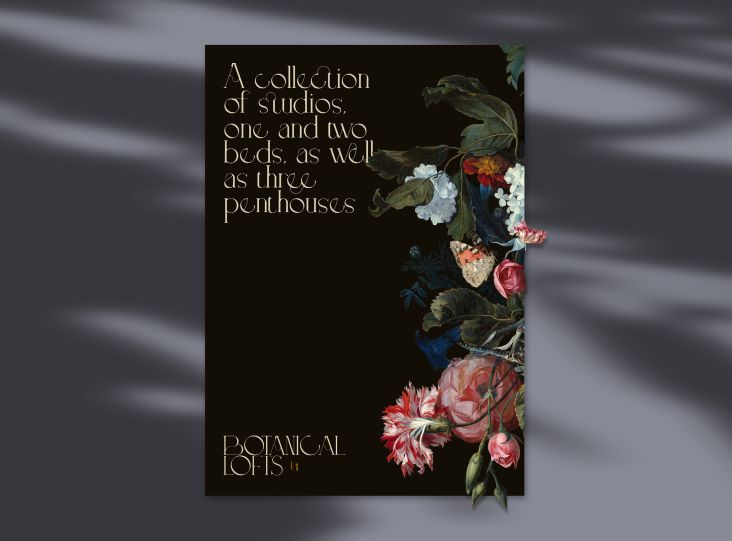
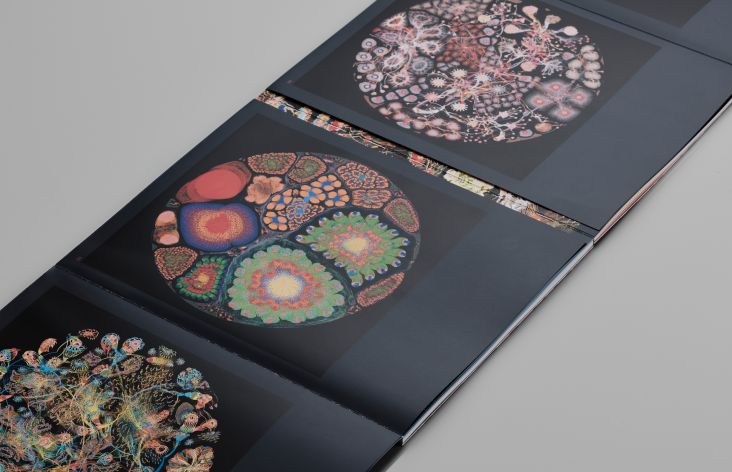

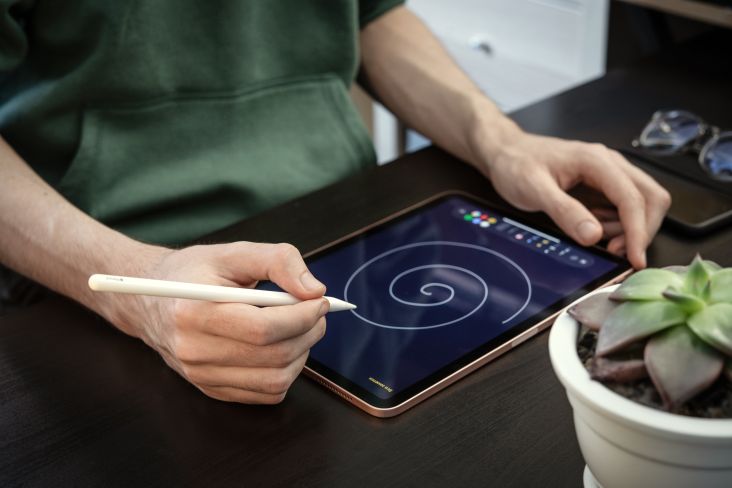
](https://www.creativeboom.com/upload/articles/7c/7c04140e0ed43989bb5c6184fe17130ac708676f_732.jpg)

